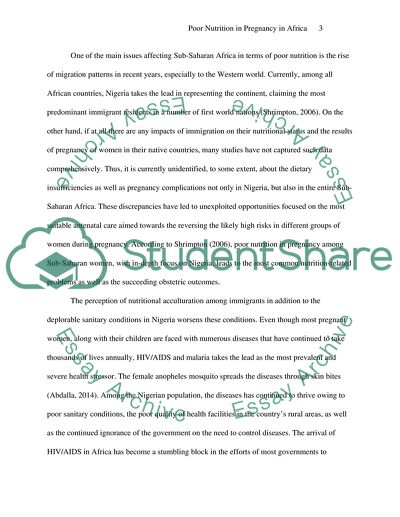Cite this document
(“Poor nutrition; food poverty; food deserts in Nigeria Essay”, n.d.)
Poor nutrition; food poverty; food deserts in Nigeria Essay. Retrieved from https://studentshare.org/health-sciences-medicine/1699578-poor-nutrition-food-poverty-food-deserts-in-nigeria
Poor nutrition; food poverty; food deserts in Nigeria Essay. Retrieved from https://studentshare.org/health-sciences-medicine/1699578-poor-nutrition-food-poverty-food-deserts-in-nigeria
(Poor Nutrition; Food Poverty; Food Deserts in Nigeria Essay)
Poor Nutrition; Food Poverty; Food Deserts in Nigeria Essay. https://studentshare.org/health-sciences-medicine/1699578-poor-nutrition-food-poverty-food-deserts-in-nigeria.
Poor Nutrition; Food Poverty; Food Deserts in Nigeria Essay. https://studentshare.org/health-sciences-medicine/1699578-poor-nutrition-food-poverty-food-deserts-in-nigeria.
“Poor Nutrition; Food Poverty; Food Deserts in Nigeria Essay”, n.d. https://studentshare.org/health-sciences-medicine/1699578-poor-nutrition-food-poverty-food-deserts-in-nigeria.


